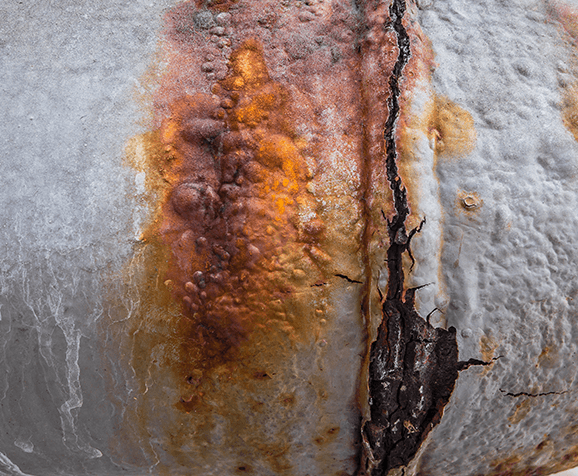Is fouling the catalyst for corrosion in your heat exchanger?
Like fouling, the effects of corrosion on a refinery are significant, costly and often dealt with reactively. This is largely because, until now, corrosion has been difficult to quantify in real time.
Recent developments in sensor monitoring are making headway in tackling the long-standing fight against corrosion. If you caught Honeywell’s webinar hosted by Digital Refining, you will be aware of the company’s latest monitoring software to enable a proactive approach to deploying corrosion management resources. A key point made was the varying conditions across process units, from the inlet conditions to those in the tube bundle or outlet, each contributing to different types of corrosion.
To successfully remove corrosion fouling, it is important to know the typical fouling characteristics of specific assets, whether it’s sulfidation corrosion, oxidation, fuel ash corrosion or acid corrosion to name a few, and the rates at which these occur. For this, we have experience and a portfolio of successful fouling removal projects around the world, and we are just weeks away from launching our next generation fouling removal technology with inspection capabilities.
The build-up of fouling and corrosion can go hand-in-hand. Corrosion formations such as iron sulphides or iron oxides can cause rapid tube fouling in a refinery plant’s fired heater, just as heat exchanger fouling induces under deposit corrosion. Both require urgent, specialist attention, and in some cases, newly engineered solutions.
An example is when we dry removed iron oxide at a European power plant after the operator noticed HRSG deposits were being carried up and out of the stack into surrounding residential areas. 70% of the entire finned area had compact deposits sitting on surfaces. However, a dry clean only solution was required as delicate internal insulation would be damaged by traditional water-based methods. Read the full case study for more information on the technology we developed.
In the case of iron oxides, these can act as a catalyst for further cold corrosion by accelerating the production of sulfuric acid. Many refineries using fuels containing sulphur face this problem due to the hydrogen content of petrochemical gases and high dew point. Regular, scheduled cleaning can help to minimise the catalytic effect, and in turn, this prevention will enhance throughput and increase profits.
TubeTech™ International is made up of a team of expert engineers, who continually research and develop leading fouling removal solutions. If you are looking to improve the safety, performance and reliability of your processes, contact us.

